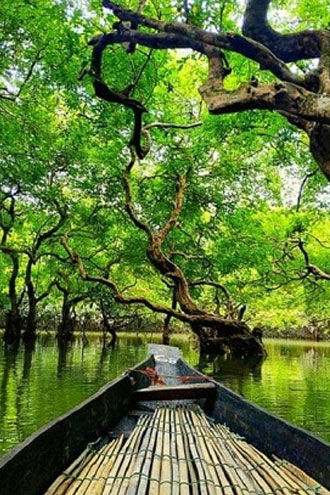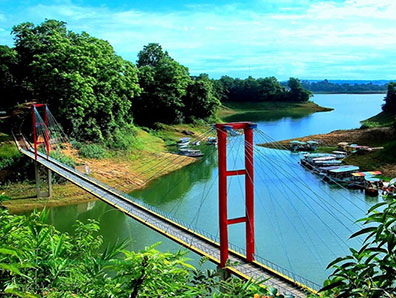The United States Minor Outlying Islands are a collection of nine islands, atolls, and reefs that are under the jurisdiction of the United States but are not part of any of the 50 states or the District of Columbia. These islands are considered unorganized and unincorporated territories of the US, and they are administered by the Office of Insular Affairs, which is part of the United States Department of the Interior.
The nine islands that make up the US Minor Outlying Islands are: Baker Island, Howland Island, Jarvis Island, Johnston Atoll, Kingman Reef, Midway Atoll, Navassa Island, Palmyra Atoll, and Wake Island. These islands are located in various parts of the Pacific and the Caribbean, and they are mostly uninhabited, with some having small numbers of staff and researchers.
Some of the islands are designated as National Wildlife Refuges, and they are home to many species of birds and marine life. The islands also have some historical significance, such as Midway Atoll, which was the site of a crucial battle during World War II.
These islands have little economic activity, and the vast majority of these islands are uninhabited and are not open to the public. The U.S. government has not provided much information about these islands, and it is not easy to visit these islands or to find much information about them.
Overall, the United States Minor Outlying Islands are a collection of mostly uninhabited islands that are under the jurisdiction of the United States but are not part of any of the 50 states or the District of Columbia. These islands are mostly uninhabited, and they are used for scientific research and wildlife preservation.


